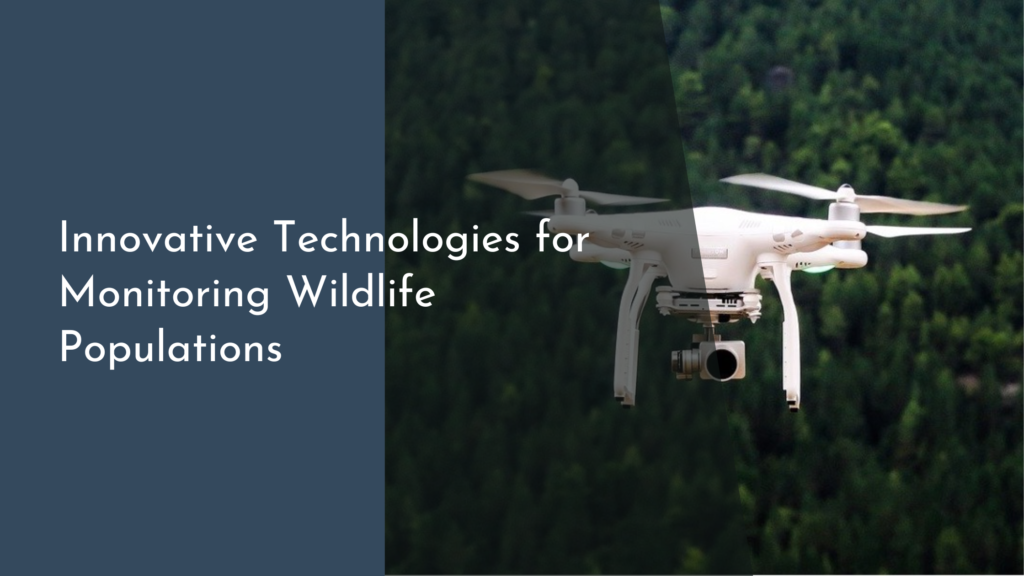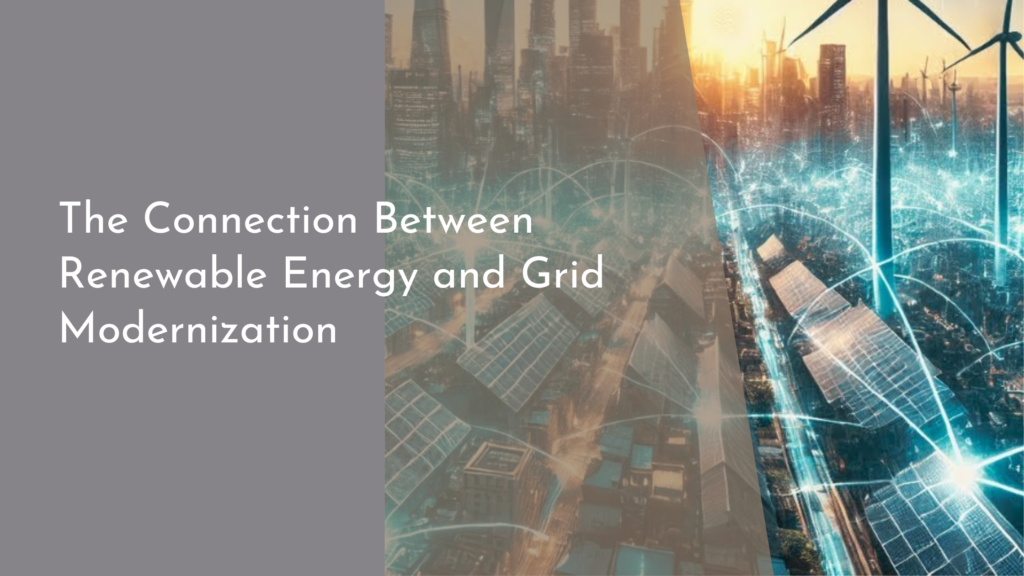Transforming Animal Waste into Liquid Fuels
As the world grapples with the pressing need for sustainable energy sources, innovative solutions have emerged from unexpected places. Among them is the potential of animal waste, often overlooked and deemed a simple byproduct of livestock farming. However, visionary researchers and entrepreneurs are harnessing this abundant resource to create clean, renewable liquid fuels. This article delves into the transformative process of converting animal waste into liquid fuels, highlighting its profound implications for energy sustainability and environmental conservation.
Discovering the Power of Animal Waste for Clean Energy
Animal waste is generated in staggering quantities worldwide, with millions of tons produced daily from farms, dairies, and feedlots. Traditionally regarded as a nuisance or pollutant, this organic material can be repurposed into valuable energy resources, significantly reducing its environmental impact. The transition from waste to wealth not only addresses the challenge of waste disposal but also paves the way for cleaner energy alternatives, steering society away from fossil fuels and their associated greenhouse gas emissions.
The push for utilizing animal waste for energy stems from a broader understanding of circular economy principles. By closing the loop in agricultural practices, farmers can convert waste into biofuels, thereby enhancing their economic sustainability. This innovative approach not only provides a local energy source but also strengthens the resilience of rural communities, making them less dependent on external energy supplies. The potential of animal waste as a clean energy source is indeed a powerful narrative in the quest for a greener future.
The Science Behind Converting Waste into Liquid Fuels
The transformation of animal waste into liquid fuels involves advanced biochemical processes, primarily anaerobic digestion and thermochemical conversion. During anaerobic digestion, microorganisms break down organic matter in the absence of oxygen, producing biogas—primarily methane and carbon dioxide. This biogas can then undergo further refinement to produce renewable natural gas or can be converted into liquid fuels through various processes, including liquefaction and Fischer-Tropsch synthesis.
Thermochemical conversion, on the other hand, involves heating the animal waste under controlled conditions to create syngas, which can be transformed into liquid fuels using established chemical processes. Both methods are not only efficient but also yield valuable byproducts, such as fertilizers, that can enhance soil health. This scientific innovation showcases how nature’s waste can be cleverly repurposed into a resource, driving the development of a clean energy economy.
Benefits of Sustainable Fuel from Animal Byproducts
Producing liquid fuels from animal waste offers a multitude of benefits. One significant advantage is the reduction of greenhouse gas emissions. By diverting waste from landfills and utilizing it as a feedstock for energy, we can curb methane emissions—a potent greenhouse gas released during the decomposition of organic matter. Transitioning to this sustainable fuel not only helps mitigate climate change but also promotes cleaner air and water, crucial for public health and ecological integrity.
In addition to environmental advantages, the economic benefits are noteworthy. The production of liquid fuels from animal waste creates jobs and stimulates local economies, particularly in rural areas where these farming operations are concentrated. Furthermore, utilizing local resources for energy production reduces transportation costs and enhances energy security. As more communities embrace this model, the economic ripple effect can lead to vibrant, sustainable agricultural practices that benefit farmers and consumers alike.
Join the Revolution: Eco-Friendly Energy Solutions Await!
As we move towards a more sustainable future, the transformation of animal waste into liquid fuels presents a unique opportunity for individuals, communities, and businesses to participate in the green energy revolution. By supporting initiatives aimed at harnessing waste as a resource, we can collectively reduce our carbon footprint and embrace renewable energy sources that are both environmentally responsible and economically viable. It’s time for innovators and policymakers to come together and champion these eco-friendly solutions.
The journey toward a clean energy future is not just about large-scale projects; individual actions matter, too! Consumers can support local farms that practice sustainable waste management, advocate for policies that encourage renewable energy production, and educate themselves and others about the benefits of these transformative technologies. Together, we can usher in an era where animal waste is no longer viewed as a burden but as a valuable contributor to a cleaner, greener planet.
The potential to transform animal waste into liquid fuels is an inspiring example of innovation at its best. With each step toward a sustainable energy future, we not only address the challenges of waste management but also advance the global agenda for clean energy. By embracing these solutions, we can create a positive impact on the environment and foster sustainable communities. Join the movement to harness the power of animal waste and help build a brighter, cleaner future for generations to come!


